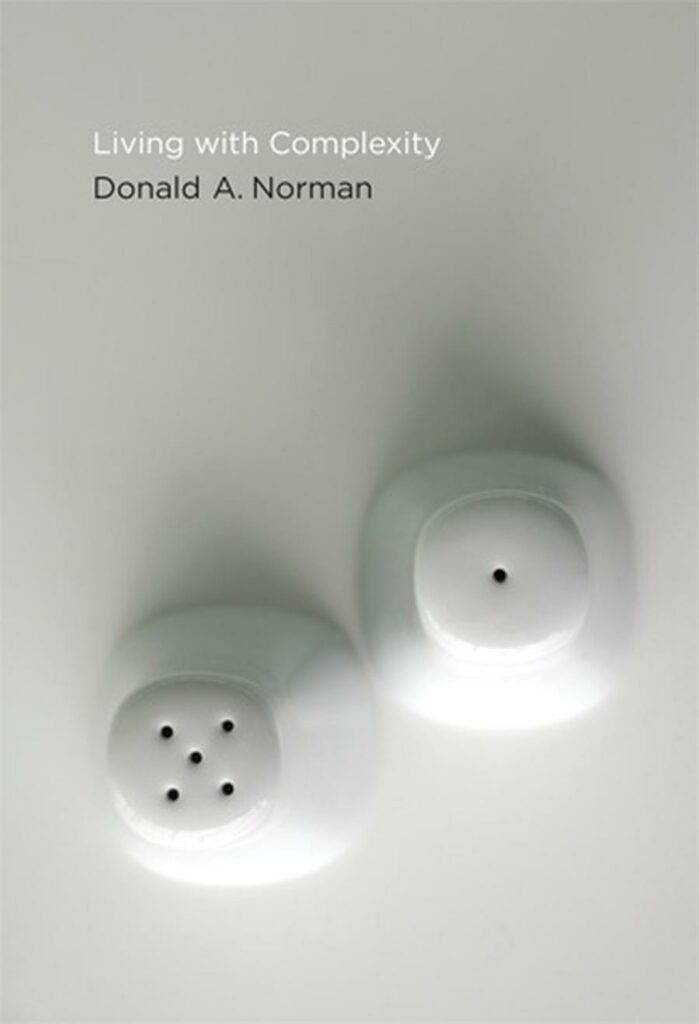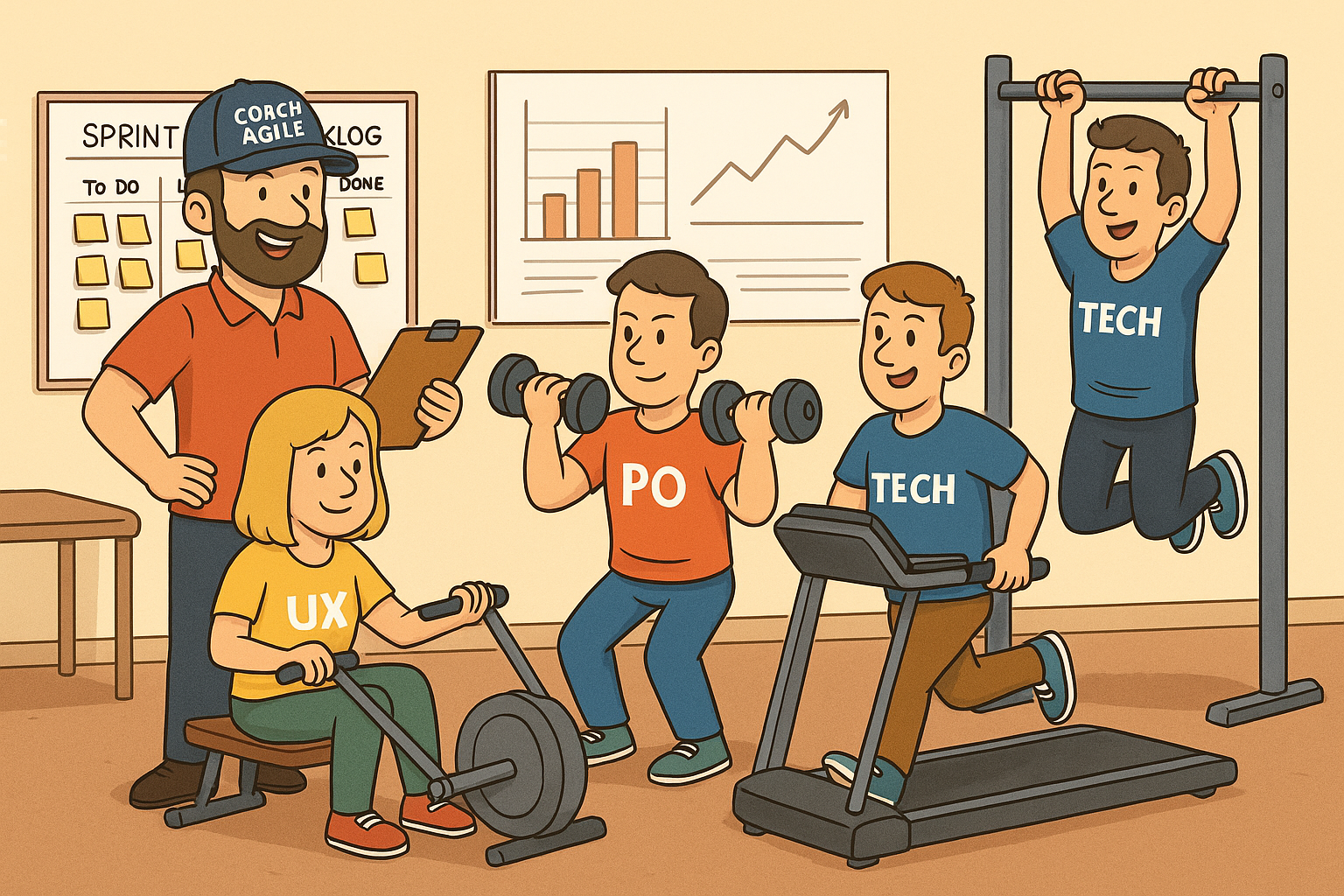
« Good design makes complex things simple to use. »
Here are top-notch pieces of advice from Don Norman on better managing complexity in your projects, as outlined in Living with Complexity.
- Design the whole system, not its parts.The only way to solve the complexities of services is to treat them as systems, to design the entire experience as a whole. If each piece is designed in isolation, the end result may be of separate pieces that do not mesh well together.
- Provide conceptual models. Designers need to provide people with appropriate conceptual models. They are extremely important tools for organizing and understanding otherwise complex things. They enable us understand things, learn how they work, and figure out what to do when failures occur.
- Manage the complexity. Modern technology can be complex, but the major cause of complicated, confusing, frustrating systems is not complexity: It is poor design. Good design can help tame the complexity, not by making things less complex but by managing the complexity.
- Provide social signifiers. Social signifiers result from the behavior of others. Designers need to use deliberately placed signifiers to aid appropriate usage. Designers must place themselves in the position of those who use their designs, and then provide the information required for proper usage, but without destroying the aesthetic beauty or the functions, or increasing the cost.
- Focus on functional design. This is the part of design that makes the objects around us usable and understandable. Functional design is primarily about communication. Fail to communicate properly and you get frustration at best, accidents and disasters at worst.
- Attractive things work better. Wash and polish your car and it drives better; shower and dress up in fancy clothes and the world looks brighter : When we’re in a positive mood, minor difficulties or confusions are considered minor, not a major problem. But when we’re anxious or irritable, the same minor setback can become a major event.
- Manage Interruption. All critical information needs to be saved so that even if there is a power loss, it is easy to resume precisely where the interruption occurred. Technology should be designed with the recognition that the worker may leave the activity and, upon returning, will need a quick and easy way to remember just what has been done, what is now required, and what the current status is.
Ressources
- Living with complexity by Don Norman
- Don Norman: Living with Complexity on Youtube


